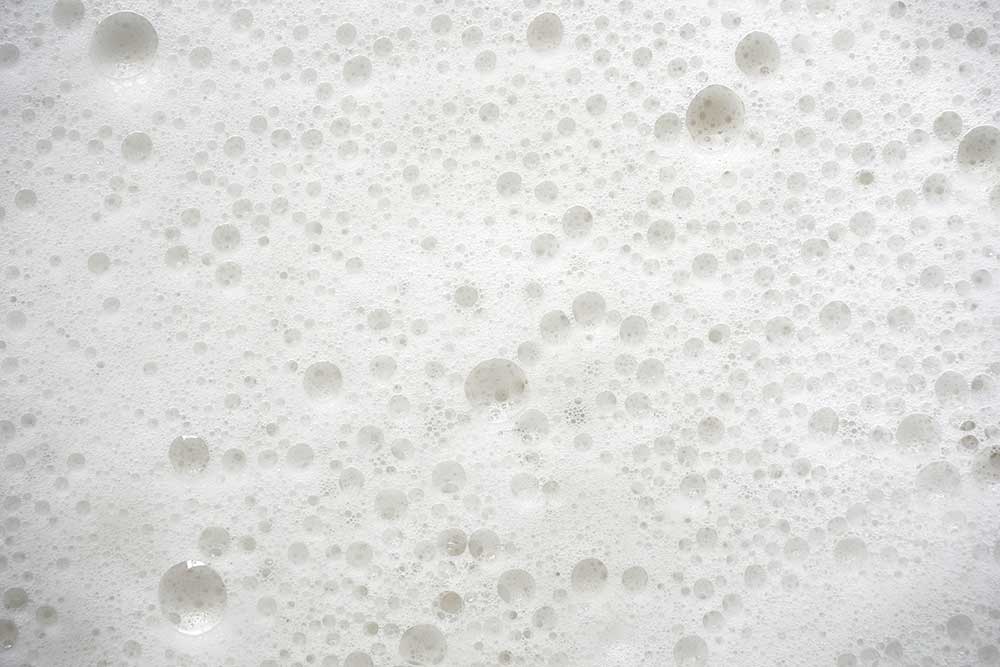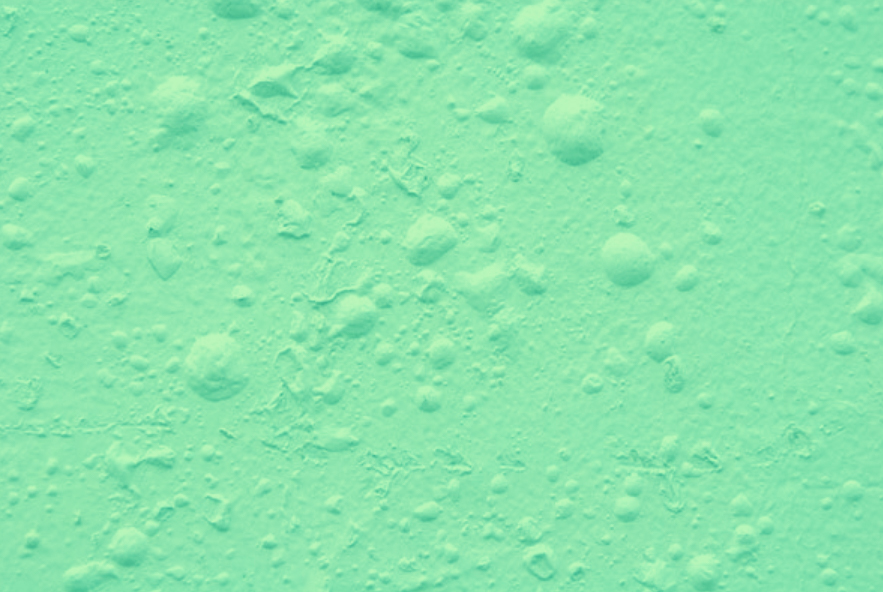The Importance of Defoamers in Industrial Processes and Applications
The Importance of Defoamers in Industrial Processes and Applications
Blog Article
Selecting the Right Defoamer for Your Specific Application Demands
Choosing the proper defoamer for certain application requirements is a nuanced procedure that demands careful factor to consider of several aspects, such as the foam type, medium, and operating problems. Recognizing the subtleties of defoamer efficiency-- including rate and determination-- while also accounting for environmental and governing aspects is essential. In addition, taking part in tests and talking to suppliers can supply useful insights. Browsing these complexities can be daunting, and the repercussions of an inadequate selection may be significant. What techniques can be utilized to guarantee an optimal option?
Comprehending Foam Development
Foam development occurs when gas is entraped within a liquid, creating a secure framework of bubbles. This phenomenon can substantially influence various industrial processes, particularly in fields such as food production, pharmaceuticals, and wastewater therapy. The presence of foam can hinder mixing, decrease item top quality, and even lead to operational inadequacies.
Foam usually creates as a result of a mix of aspects, consisting of surface-active representatives, frustration, and the features of the liquid phase. Surfactants reduced the surface area tension of the liquid, promoting the development of bubbles that can stabilize and integrate. Anxiety, whether from mechanical stirring or gas intro, boosts bubble development, causing boosted foam volume.
Recognizing the auto mechanics of foam development is essential for markets aiming to maximize their processes. By recognizing the particular problems that advertise foam generation, organizations can implement strategies to minimize its impacts.
Types of Defoamers Available
Numerous types of defoamers are readily available to deal with the obstacles positioned by foam in industrial applications. defoamers. Generally categorized, defoamers fall under 3 groups: silicone-based, non-silicone-based, and natural defoamers
Silicone-based defoamers are renowned for their efficiency and stability throughout a large range of temperature levels and pH levels. They are normally used in applications where strong foam reductions is needed, such as in coatings, adhesives, and paints. Their low surface tension permits quick foam collapse.
Non-silicone-based defoamers, frequently made from organic substances, provide a choice for applications delicate to silicone deposits. These defoamers can be additional separated right into polyether and ester kinds, each customized to satisfy details formula demands. Non-silicone defoamers are regularly utilized in food processing and personal care items due to their compatibility with various formulas.
Natural defoamers, derived from plant or animal sources, are gaining traction because of their eco-friendly profile. These items are specifically appealing in applications where regulatory conformity and sustainability are vital, such as in agrochemicals and biotechnology.
Selecting the right kind of defoamer is crucial for optimizing performance and ensuring compatibility with details applications.
Secret Application Factors To Consider
When choosing a defoamer, it is necessary to take into consideration the certain application requirements to guarantee optimal efficiency. defoamers. Various markets have distinct demands, such as food handling, drugs, or wastewater treatment, and each application might call for unique defoaming residential or commercial properties
Secret elements to assess include go to my blog the tool in which the defoamer will be made use of, whether it is water-based, oil-based, or a mix thereof. The temperature and pH levels of the application can additionally significantly influence the performance of a defoamer. Furthermore, compatibility with other chemicals present in the system is important to stop unfavorable responses that could compromise efficiency.
Another crucial consideration is the lathering behavior of the details system. Recognizing whether the foam develops quickly or gradually can guide the option of a defoamer that targets the have a peek here root reason successfully. Furthermore, the preferred speed of defoaming can affect the choice, as some applications need fast action while others may endure slower defoaming processes.
Finally, environmental and regulative considerations should not be ignored, particularly in markets with rigorous compliance demands. Picking a defoamer that aligns with these variables makes certain both performance and safety in the application.

Performance Testing Techniques
Assessing the performance of a defoamer calls for an organized strategy to screening that precisely measures its efficiency in particular applications. Various efficiency screening techniques can be employed to identify the optimal defoamer for a provided formula.
One usual method is the bubble examination, which reviews the defoamer's capability to minimize foam volume over time. This examination includes producing a secure foam and after that adding the defoamer to observe the rate of foam collapse. An additional technique is the dynamic foam test, where foam is produced under controlled problems to simulate real-world application circumstances. This technique offers understandings into exactly how the defoamer carries out under differing shear conditions.

Eventually, choosing the proper efficiency testing technique depends on the specific application and the type of foam being resolved. Each method uses useful information that can lead formulation changes and boost the performance of the defoamer in functional applications.
Ideal Practices for Choice


Following, take into consideration the defoamer's performance in regards to rate of activity and perseverance. A quick-acting defoamer might click reference be necessary for procedures where quick foam reductions is essential, while a more persistent formulation could be needed for prolonged foam control. Additionally, assess the environmental impact of the defoamer, including its biodegradability and any governing conformity needs.
Conduct tests with selected defoamers to establish their efficiency in real-world conditions. By adhering to these ideal techniques, you can enhance foam control performance and make sure the long life of your procedures.
Final Thought
In summary, selecting the ideal defoamer necessitates a detailed analysis of numerous variables, including foam type, medium, operating conditions, and environmental considerations. Understanding the distinct attributes of foam development and the offered defoamer choices is crucial.
Selecting the suitable defoamer for particular application needs is a nuanced process that demands careful consideration of multiple factors, such as the foam operating, medium, and type problems.Selecting the best defoamer is vital for achieving optimal performance in foam control applications. A quick-acting defoamer might be essential for procedures where rapid foam suppression is vital, while a much more consistent formulation may be required for prolonged foam control.In recap, selecting the proper defoamer necessitates a detailed assessment of different variables, consisting of foam kind, medium, operating conditions, and ecological factors to consider. Understanding the unique qualities of foam formation and the available defoamer choices is essential.
Report this page